Statistics Assignment: Analyzing Statistical Significance and Tests
VerifiedAdded on 2022/09/07
|8
|740
|68
Homework Assignment
AI Summary
This statistics assignment addresses key concepts including the distinction between substantive and statistical significance, providing examples to illustrate the differences. The solution analyzes several scenarios involving t-tests, determining whether observed values exceed critical values to reject null hypotheses, considering degrees of freedom, and one-tailed versus two-tailed tests. Descriptive statistics, including mean, standard deviation, and standard error, are calculated for a given dataset, along with confidence intervals. The assignment further explores a two-sample t-test, comparing male and female ratings, defining hypotheses, and interpreting the results. Finally, the solution analyzes a z-test comparing liberal attitudes of freshman and senior students, detailing the null and alternative hypotheses, calculating the test statistic, and making a decision based on the critical value. The assignment covers various statistical tests and their applications.
1 out of 8
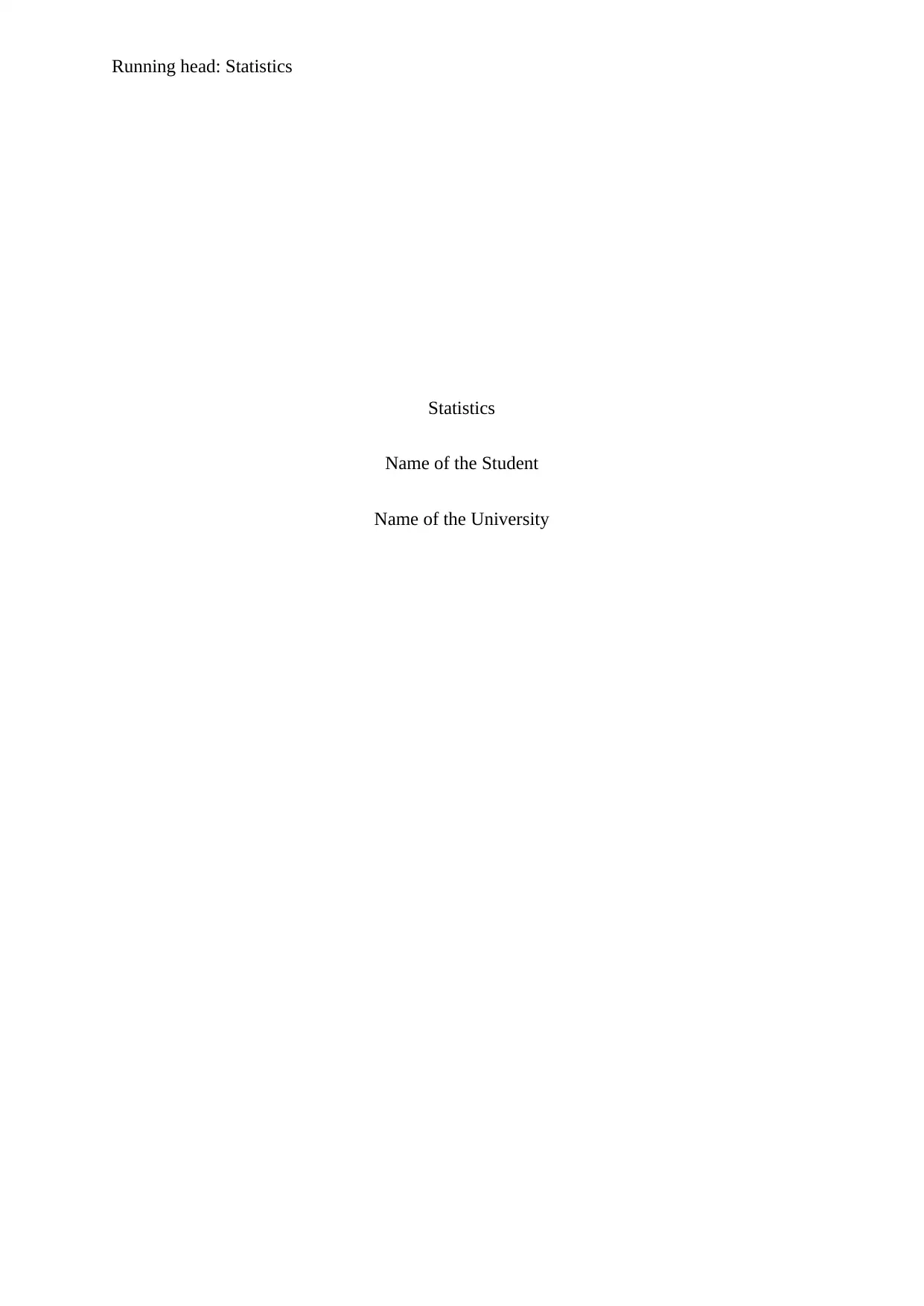
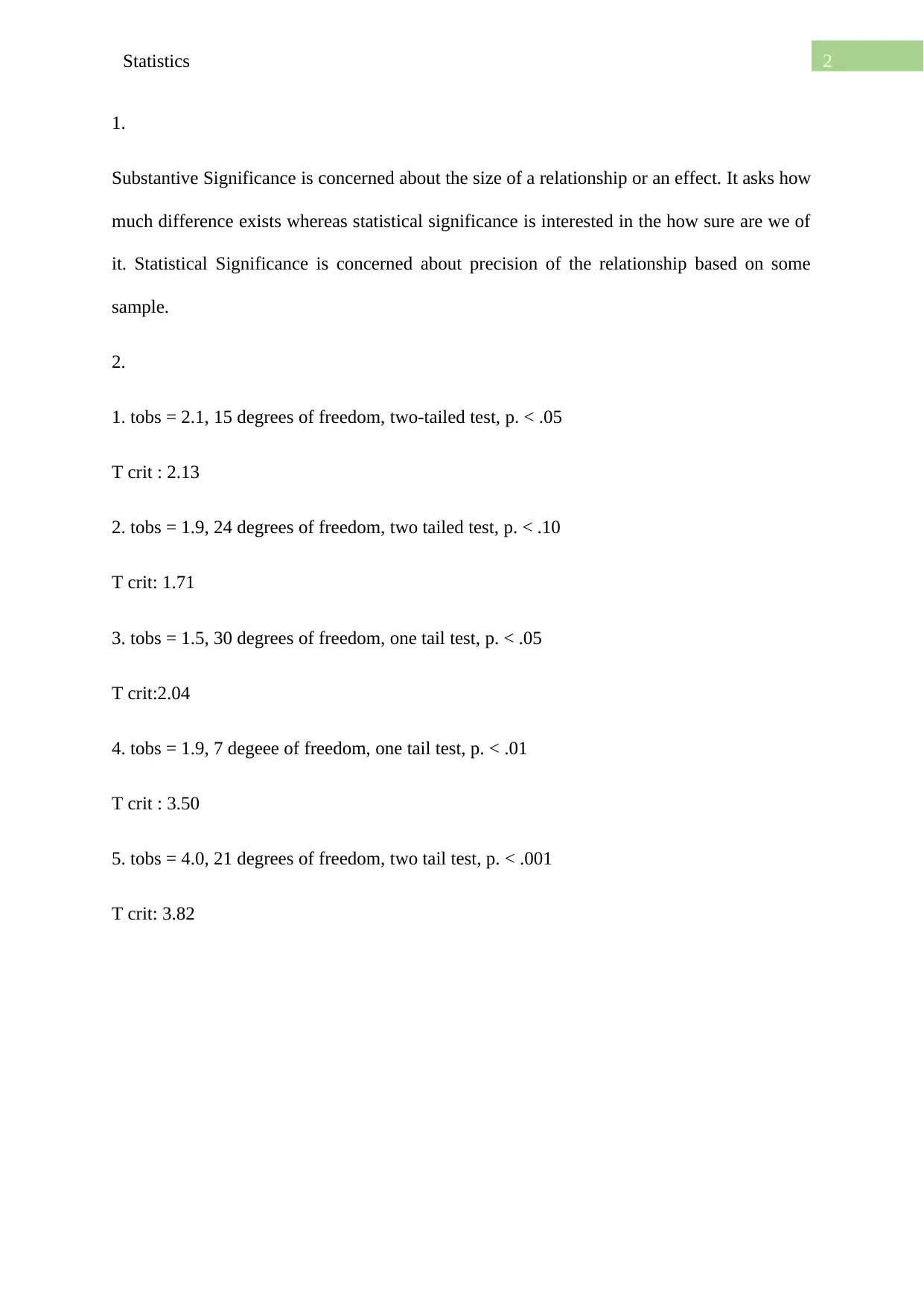
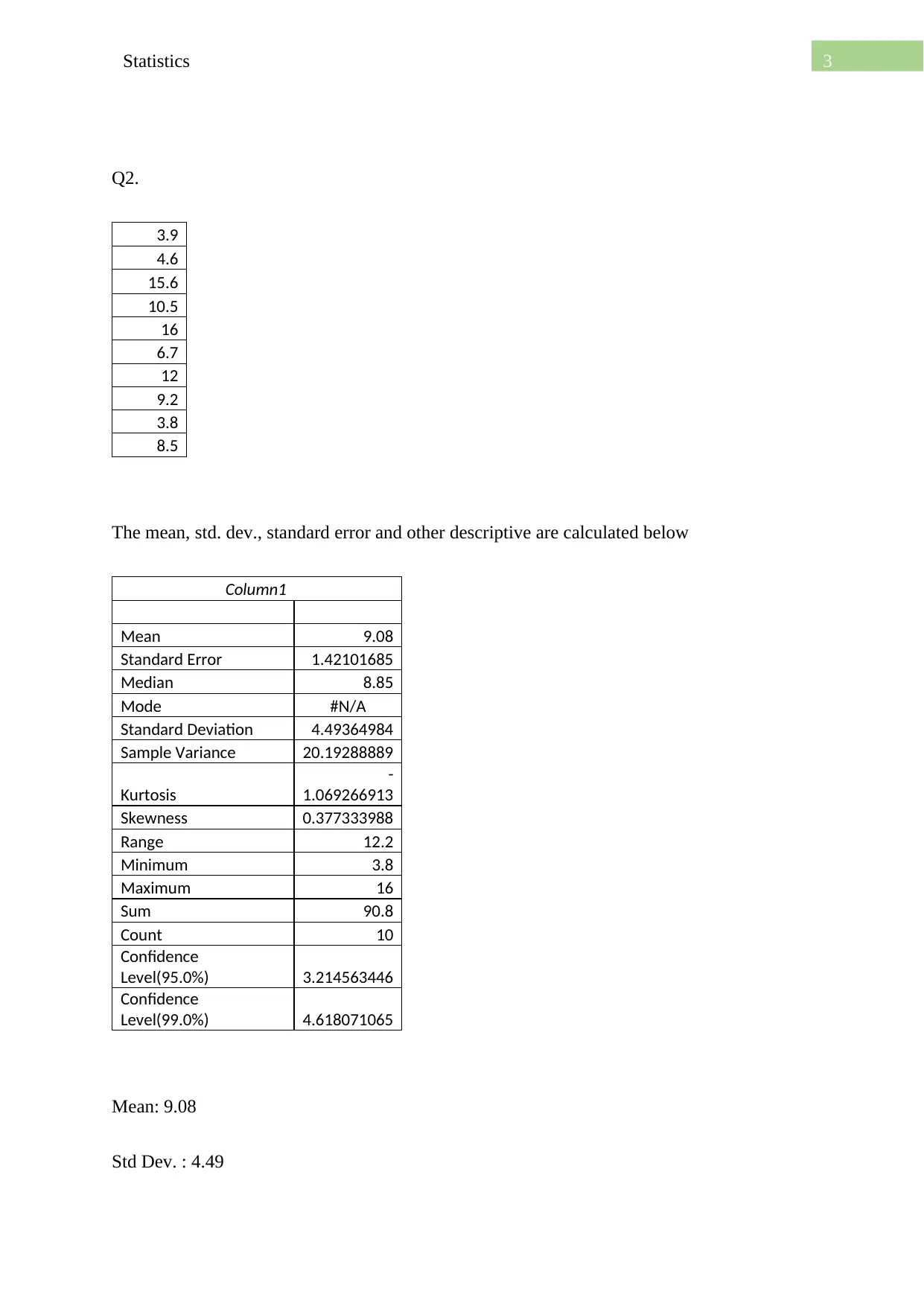

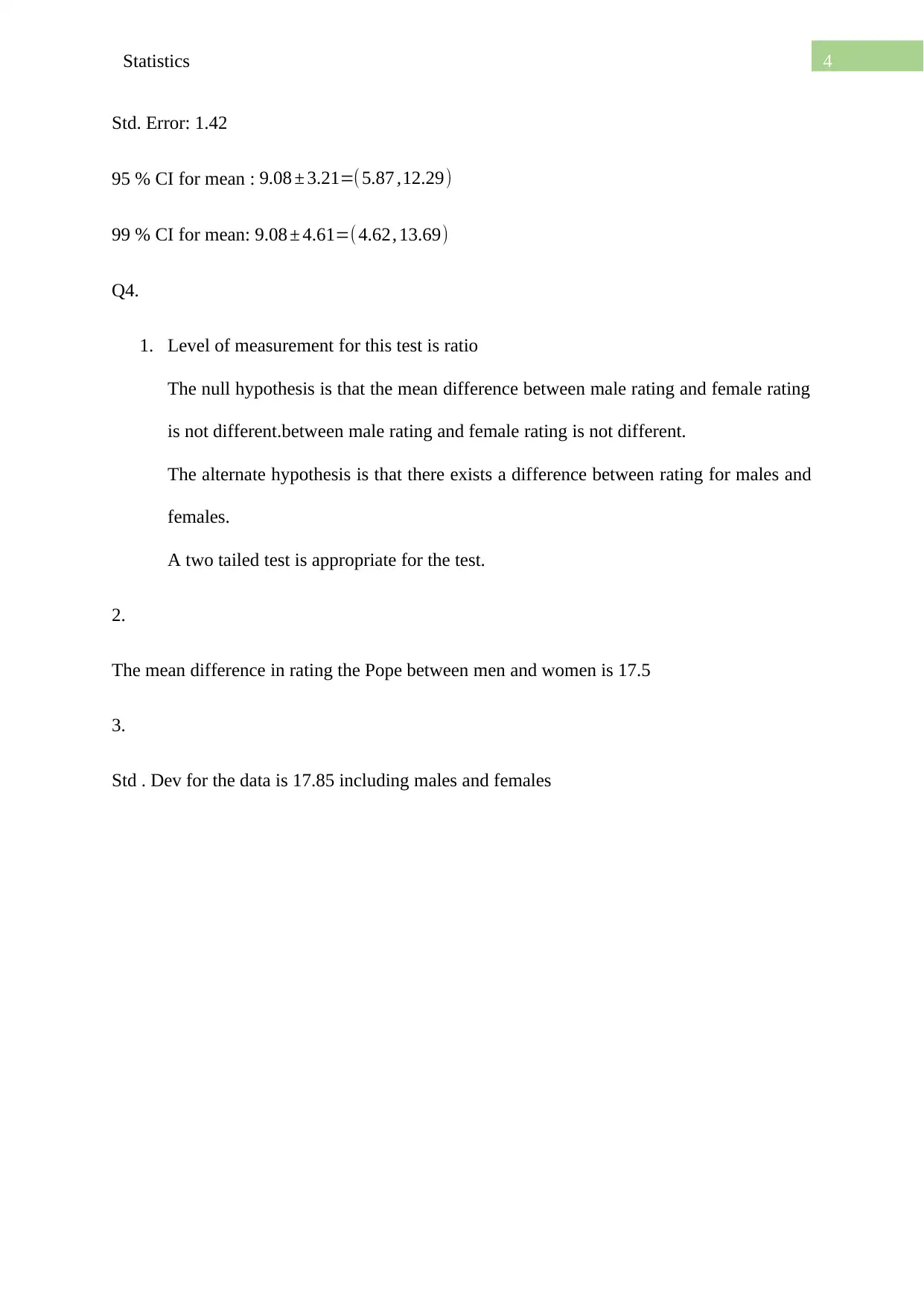
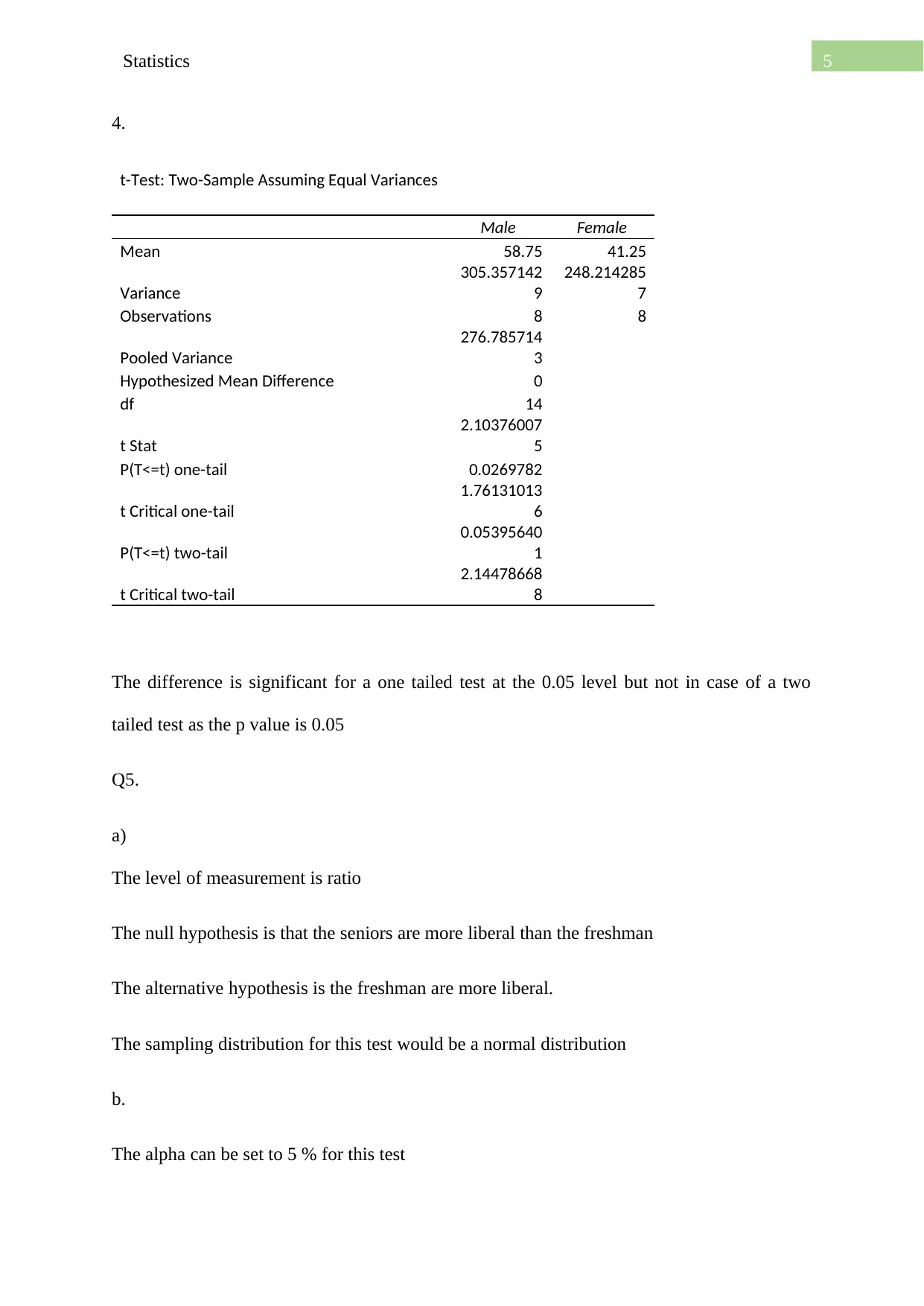
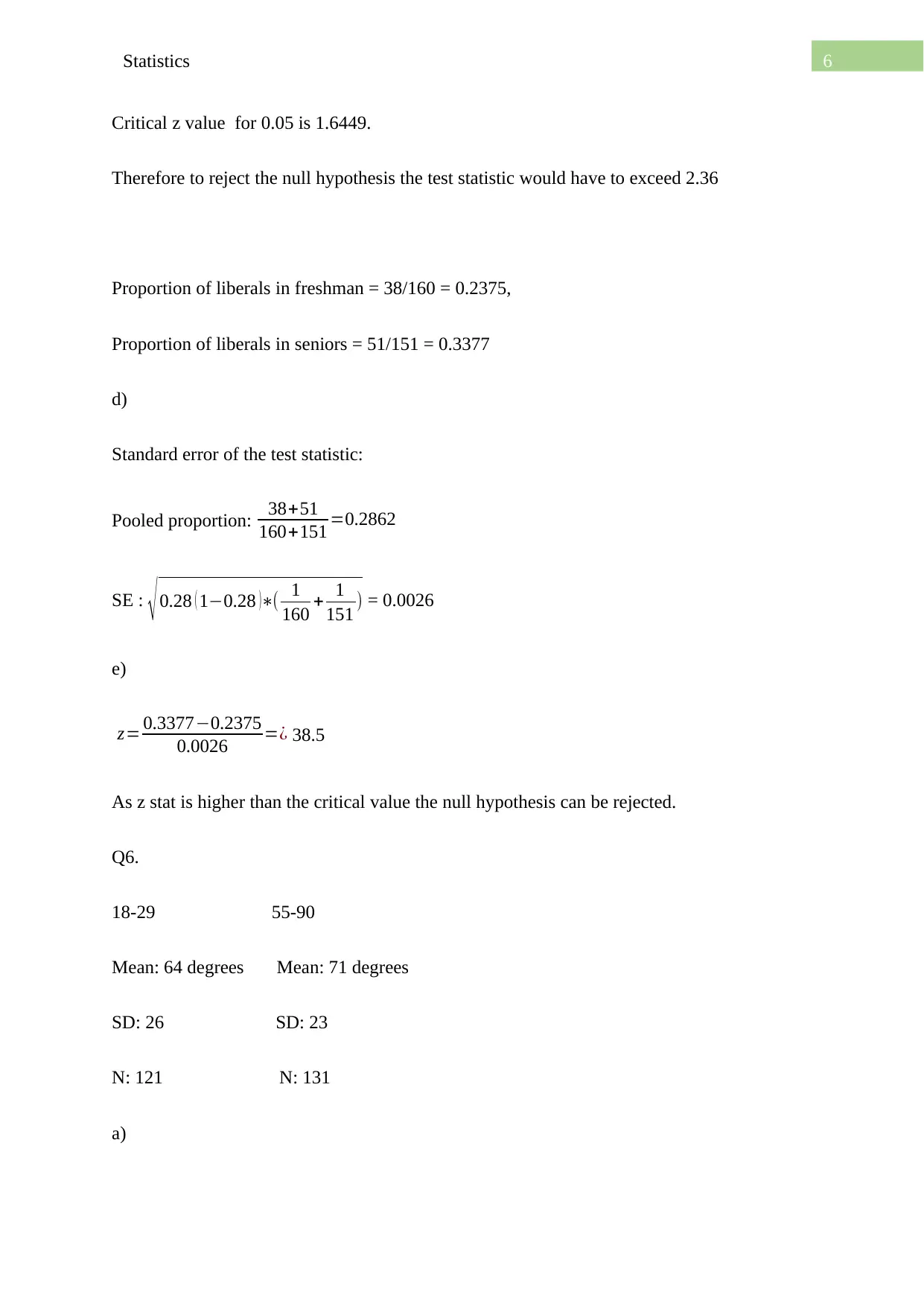
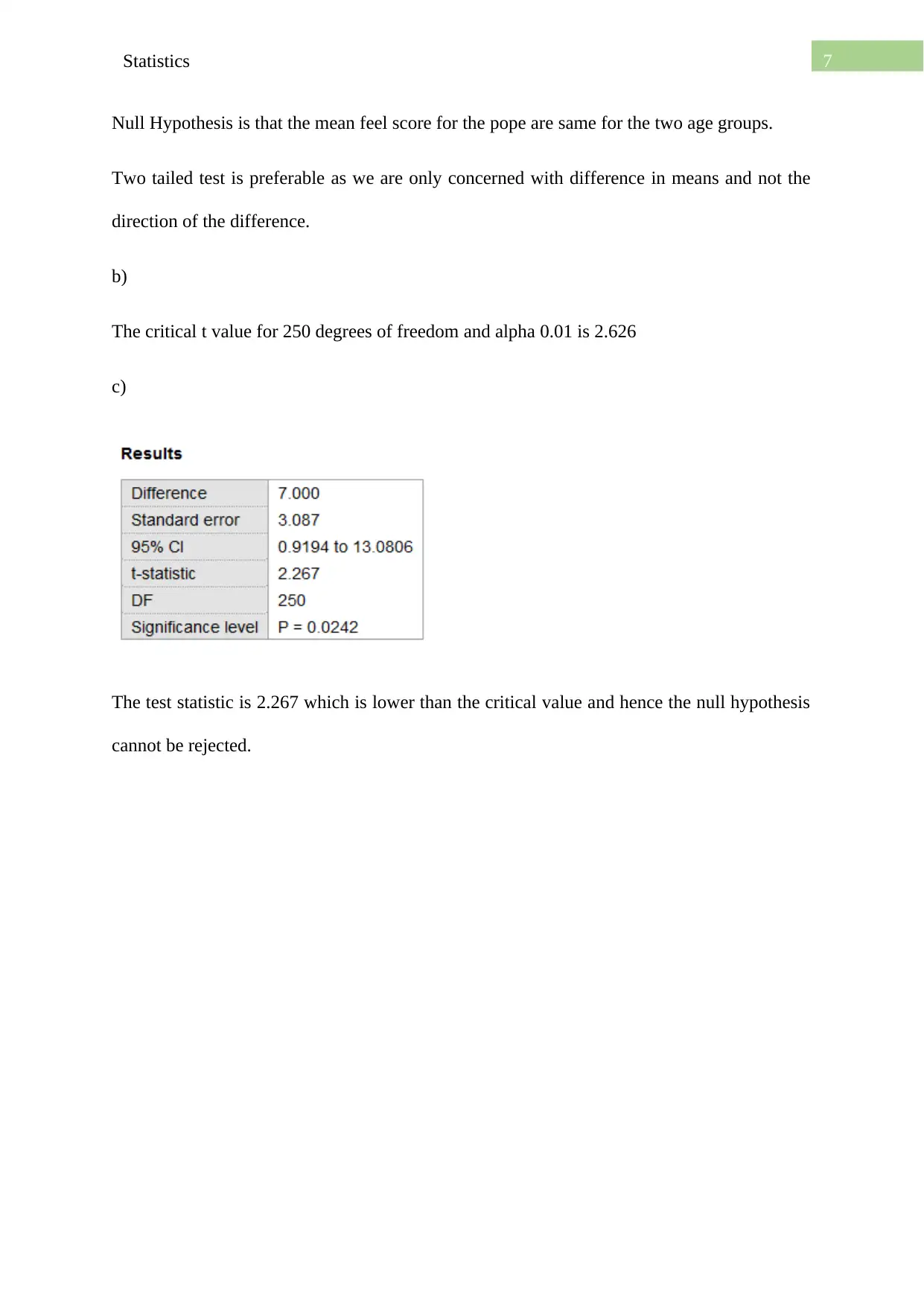
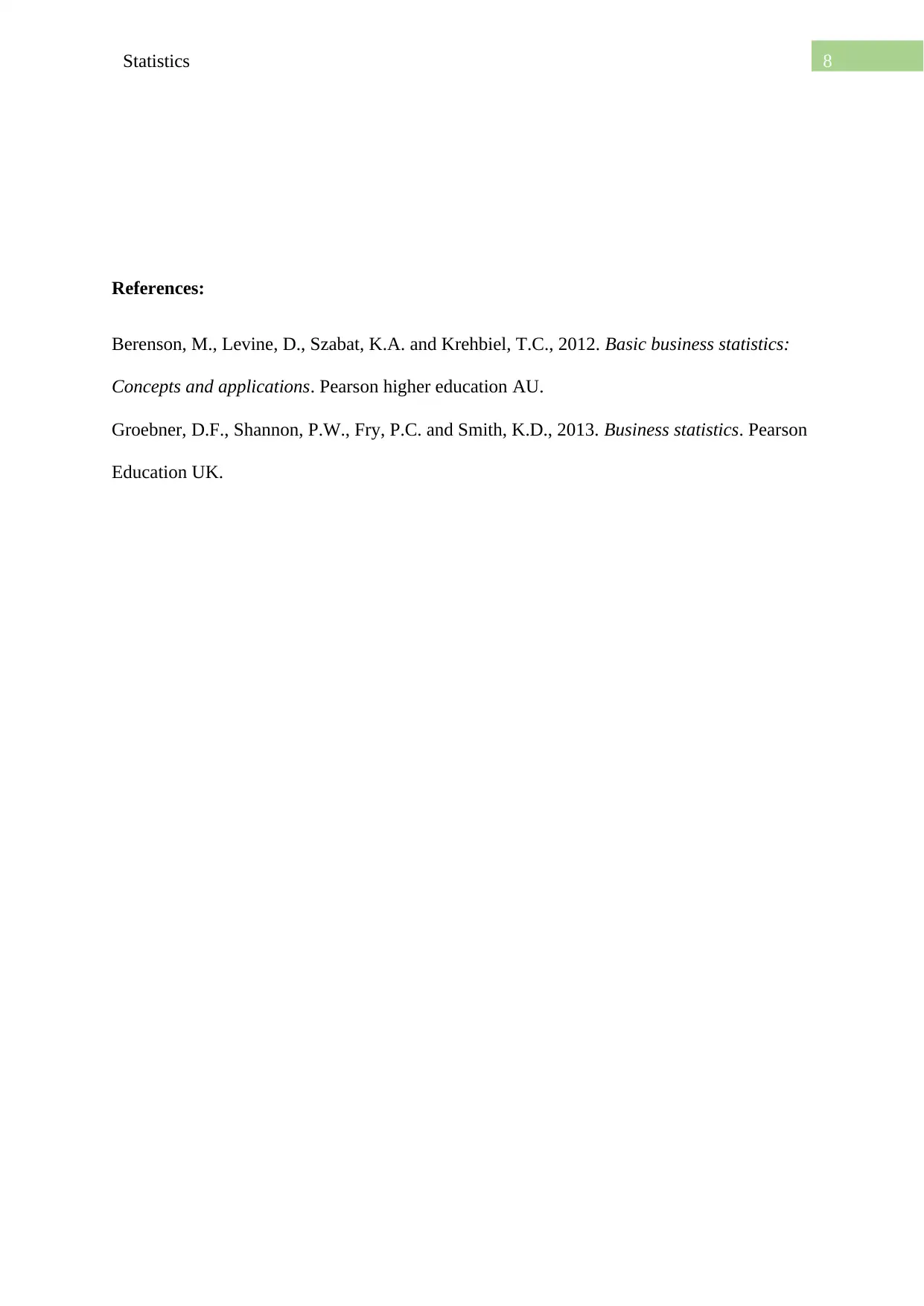






![[object Object]](/_next/static/media/star-bottom.7253800d.svg)